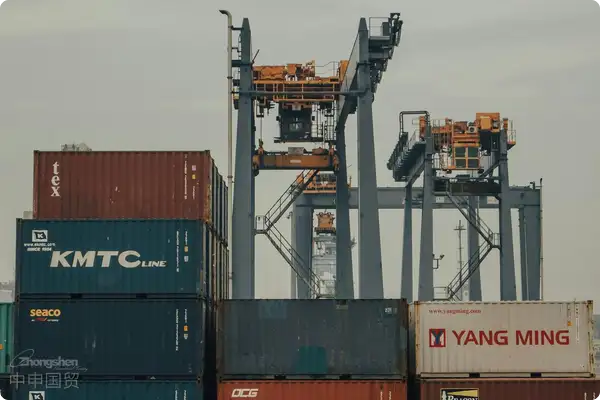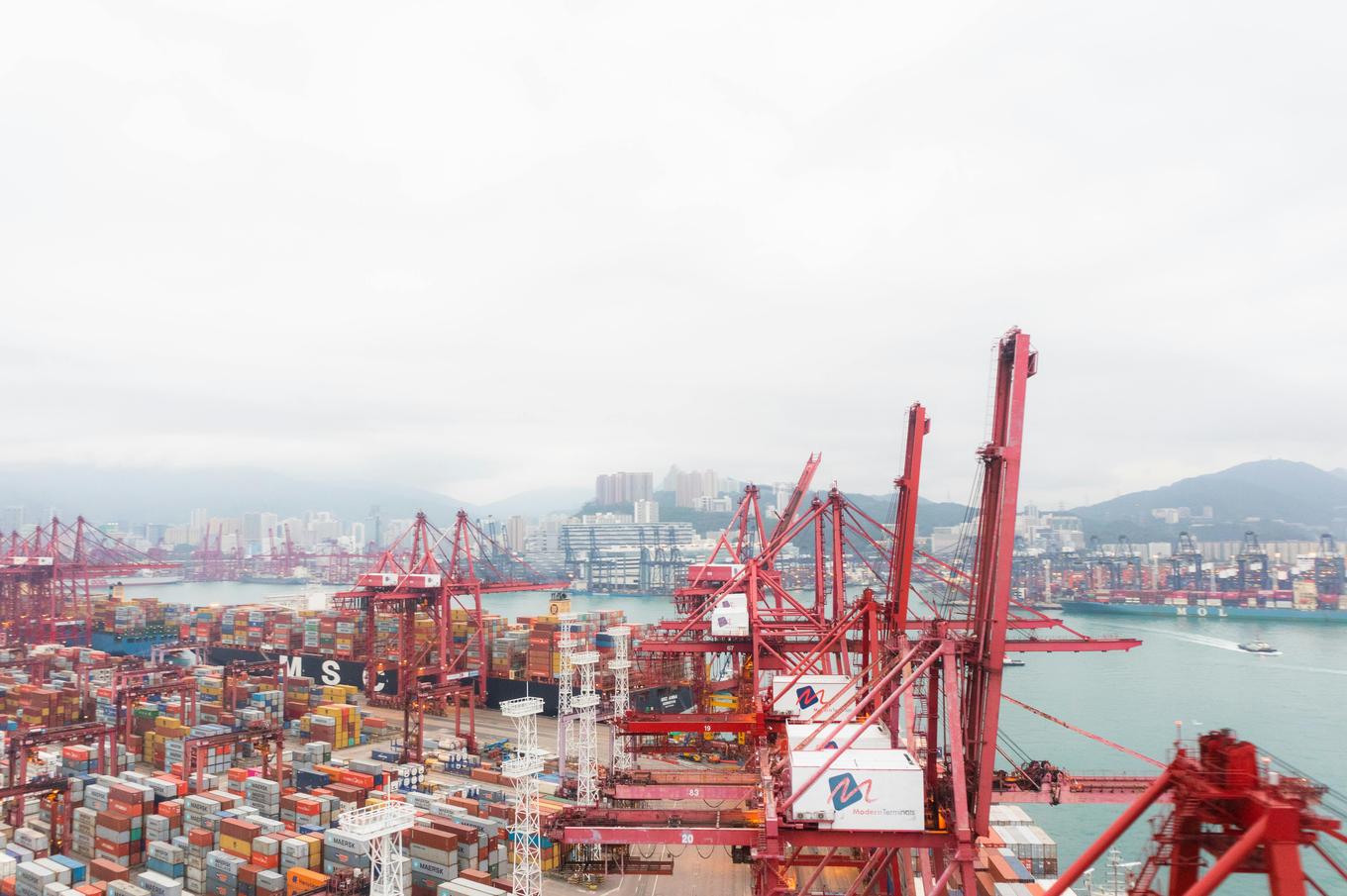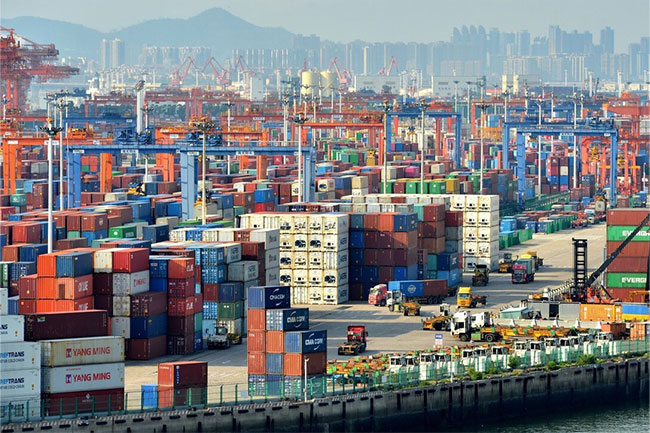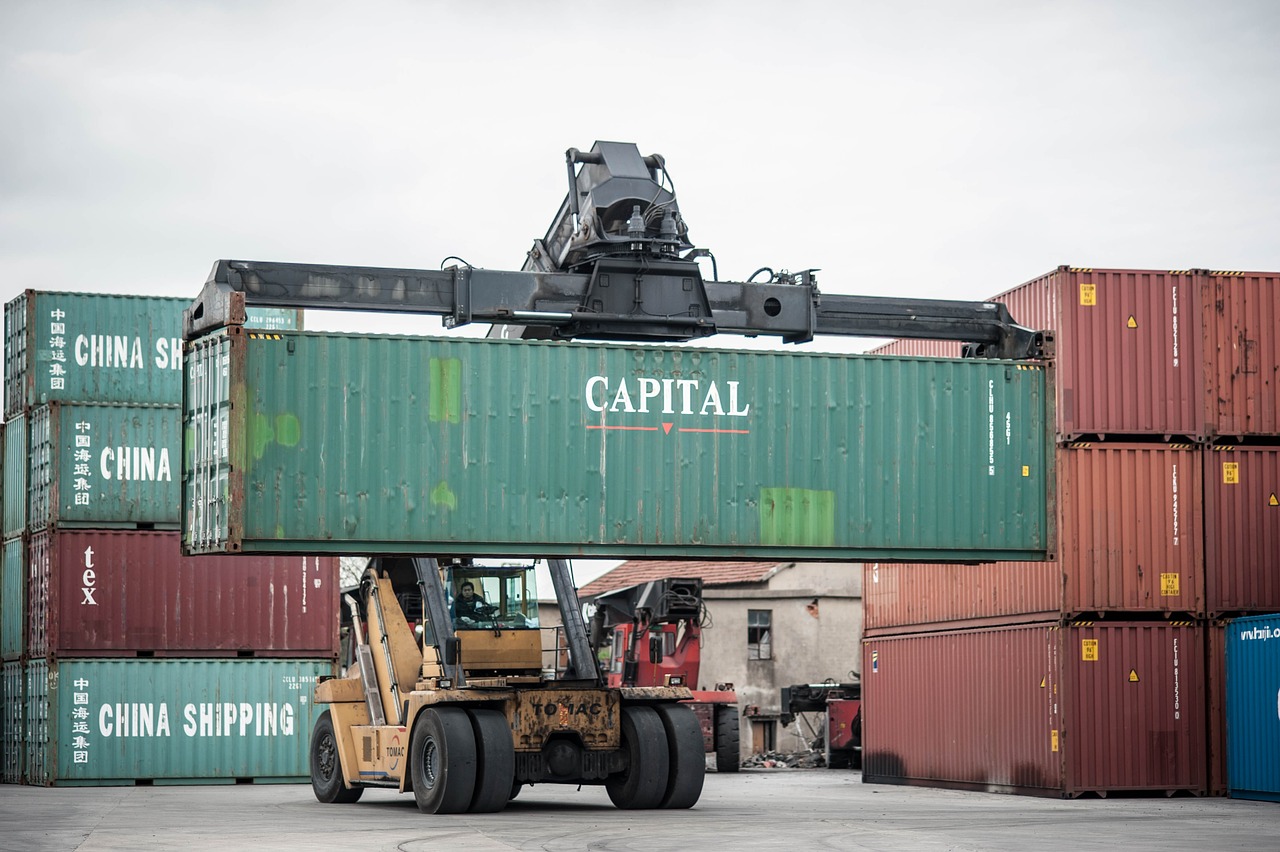- Shanghai Zhongshen International Trading Co., Ltd. – Your reliable partner with 20 years of import/export agency service expertise.

EquipmentExport ClearanceAnalysis of the “Triple Gate”
According to the 2025 latest revised "Measures for the Administration of the Export of Mechanical and Electrical Products", for single units with a value exceeding USD 20,000?Equipment Export?Declaration must be made through a Category A customs broker. This policy change makes the choice of agent a critical decision for equipment exporters.
Core customs clearance process breakdown
The standard workflow of professional customs brokerage services consists of five key stages:
- Qualification pre-review stage
- Verify the ECCN code of the export equipment
- Verify the validity of the ISO certification of the manufacturing enterprise
- Confirm the status of the target country's access permit.
- Document preparation stage
- Inspection Report for Electromechanical Products (EMC test data required)
- Certificate of Origin for Special Goods (for equipment under free-trade agreements)
- Bilingual equipment technical parameter comparison table (Chinese-English)
- Practical Declaration Stage
- Accurate HS Code Classification (Error Rate Must Be Below 0.3%)
- Verification of the completeness of declaration elements (including power parameters, description of use, etc.)
- Electronic Port System Intelligent Verification
- On-site inspection response
- Pre-inspection of IPPC markings on wooden packaging
- Visual Display of Equipment Safety Protection Devices
- Preparation of Response Plans for Customs Inquiries
- Follow-up phase
- Electronic Filing of Customs Declaration Documents After Customs Clearance
- Tax RebatesDocument filing support
- Abnormal Overseas Customs Clearance Alert Tracking
Four Golden Criteria for Choosing a Proxy Service
- Industry experience level: Handle no fewer than 50 cases involving the same type of equipment
- Service network density: Maintains its own customs-clearance teams at major ports
- Risk control system:Equipped with professional classification specialists and a compliance audit team
- Price transparency: Provide a detailed breakdown of the segmented billing (e.g., special service fee for inspection response).
Key Policy Impact Points for 2025
The three major changes brought by General Administration of Customs Announcement No. 83:
- 3 new machinery and equipment subheadings added to the HS code
- AEO-certified enterprise annual audit standards raised by 30%
- Verification of nameplate information on exported equipment has been incorporated into routine inspections.
It is recommended that companies complete this three months in advance:
- Equipment Technical Parameters Customs Filing
- Verification of the Validity of Overseas Certification Documents
- Customs Declaration System 3.0 Upgrade and Adaptation
Frequently Asked Practical Questions
Q: Is it feasible to split the declaration of complete sets of equipment?
The determination must be based on the integrity of the equipment’s functional modules; critical control units must be declared as a whole. Starting in 2025, Customs will enhance supervision through intelligent image-recognition technology.
Q: How can temporary export equipment avoid classification disputes?
It is recommended to mark “Non-commercial Use” in the ATA Carnet and provide an equipment valuation report.
Q: Are there any special requirements for exporting used equipment?
An assessment report on the remaining service life issued by a third-party organization must be provided, and the nameplate information must fully match the factory records.
? 2025. All Rights Reserved.









